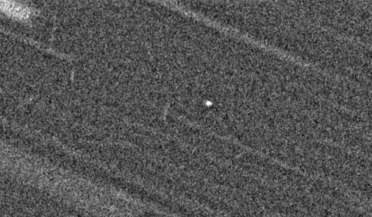 21 September 2020
Jupiter could have 600 moons, a new study says
21 September 2020
Jupiter could have 600 moons, a new study says
... mi) in diameter and Ganymede, the largest Galilean, is the ninth largest object in the Solar System. Most of the moons of Jupiter though are not so massive and about 60 of the satellites only span around 10 kilometres (6.2 miles) in diameter. Except...
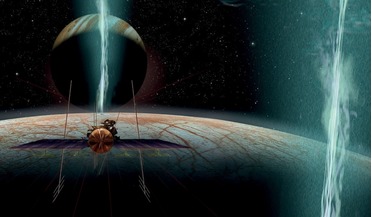 March 2018
Plumes on Europa - tasting an extra-terrestrial ocean
March 2018
Plumes on Europa - tasting an extra-terrestrial ocean
... H2O/H2O+ in the exosphere which can hopefully be gained from remote sensing instruments on board JUICE. Jupiter’s moon Europa. Opportunity The plausible, but not conclusively proven, existence of water vapour plumes on Europa creates an interesting...
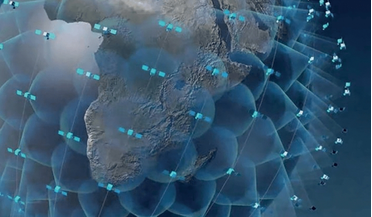 May 2017
Future space applications and their regulatory needs
May 2017
Future space applications and their regulatory needs
... first use of the term satellites goes back to the discovery of the telescope and Galileo’s discovery of the moons of Jupiter. He needed a name to describe these small objects, rapidly rotating about the giant planet, which was named...
 February 2022
A manifesto for Europe in space
February 2022
A manifesto for Europe in space
... life ‘out there’. Astrobiologists say that if there is life somewhere in our solar system then these icy moons around Jupiter and Saturn are possible places where it could be preserved. It would be extremely interesting to know whether there...
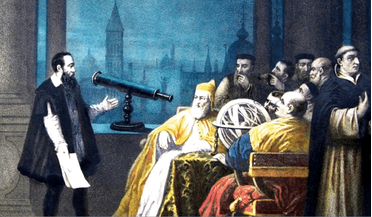 June 2019
Does the speed of light change with time?
June 2019
Does the speed of light change with time?
... his telescope toward the sky. He was the first to see craters on the Moon, the captivating rings of Saturn and the four largest moons of Jupiter. Enamoured with what he saw, Galileo held the first star parties and...
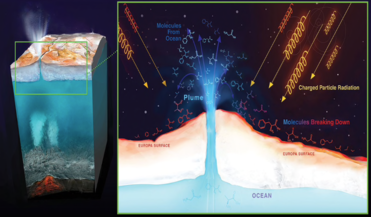 25 July 2018
Radiation on Europa dictates where search for life begins
25 July 2018
Radiation on Europa dictates where search for life begins
... around the world were quick to start preparing for a future visit to the smallest of the four Galilean moons orbiting Jupiter, as the prospect of sampling the ocean without drilling through kilometres of thick ice became an even more...